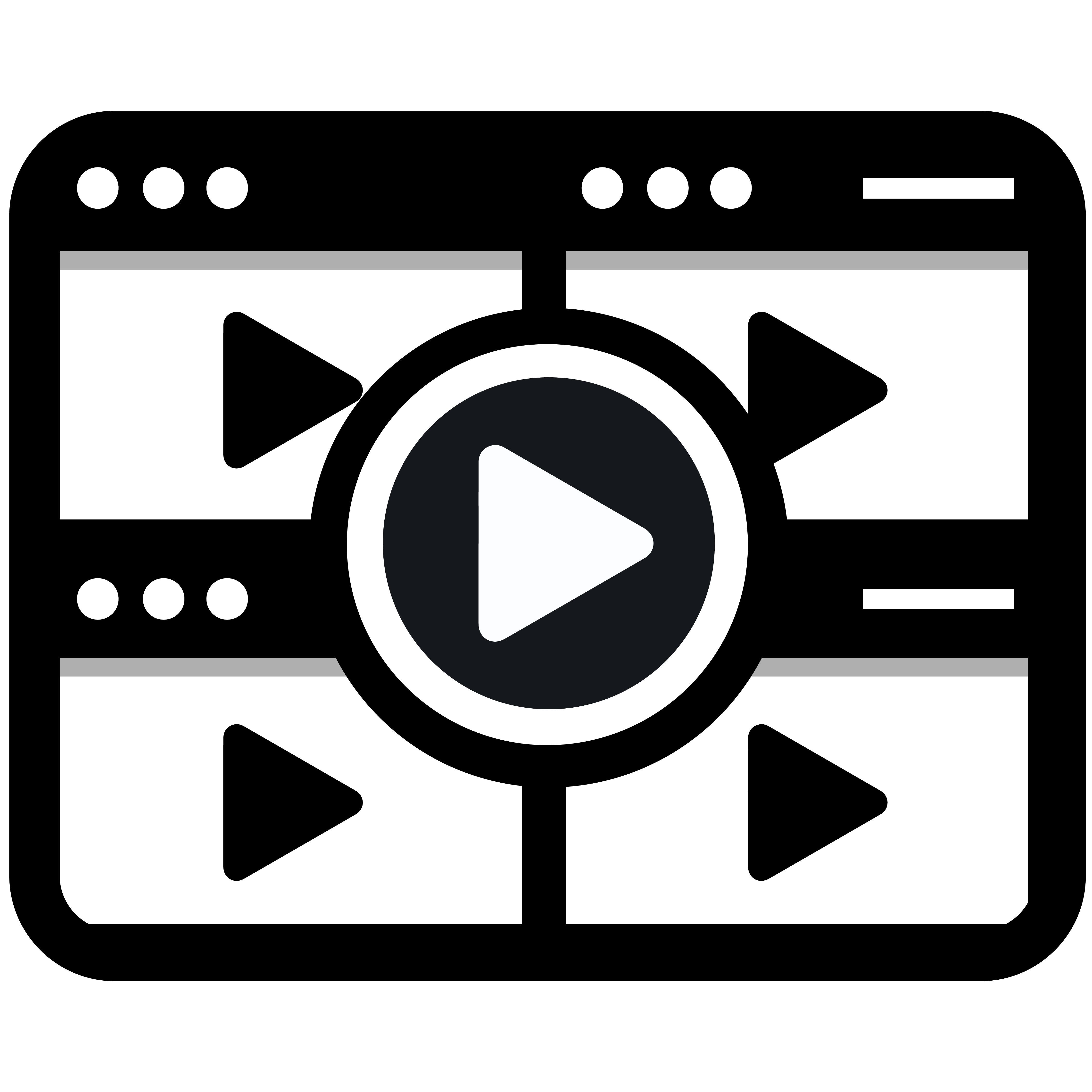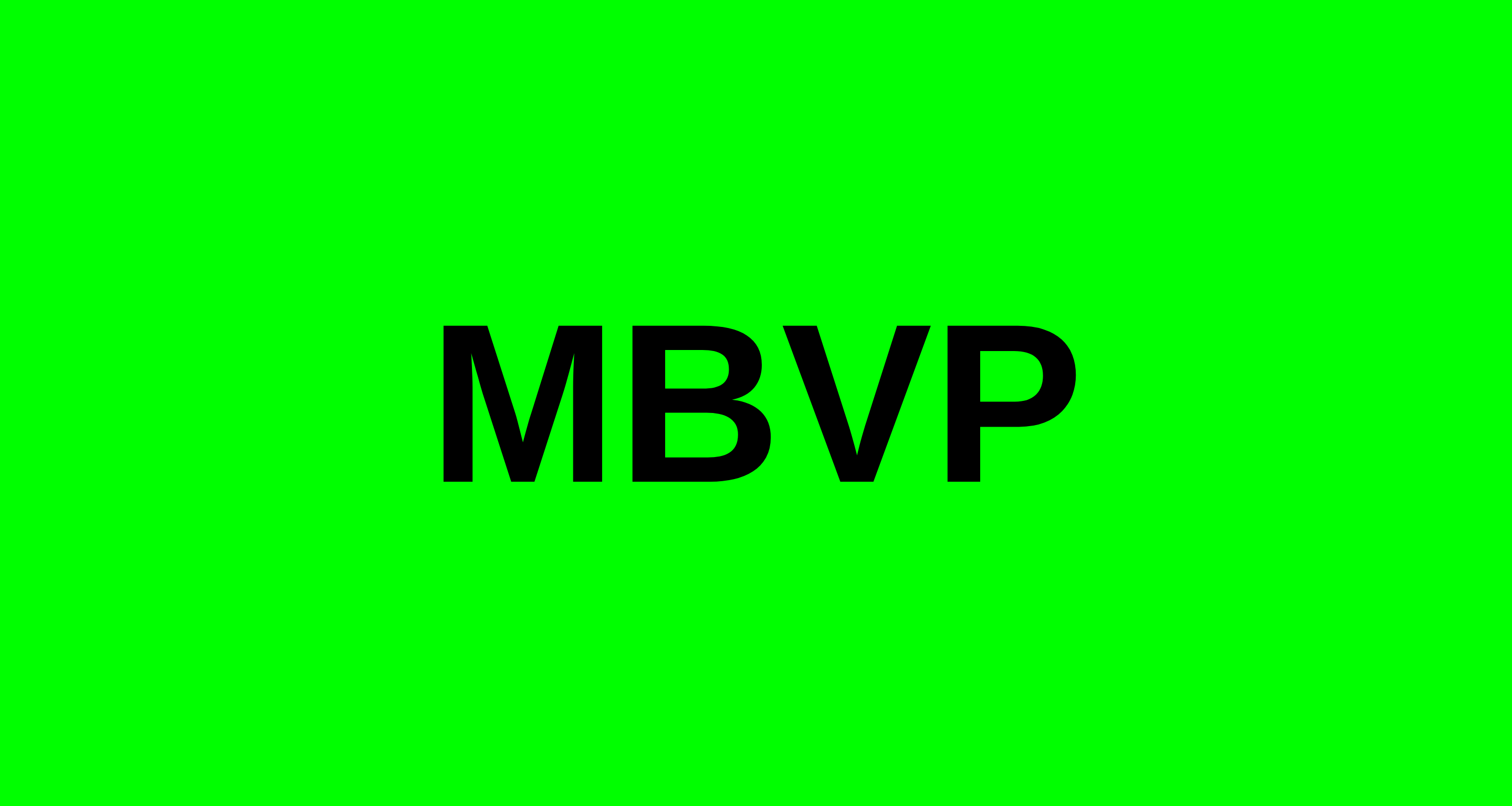Remote work has fundamentally changed how we interact with digital tools. No longer constrained by a single monitor or traditional office setup, remote workers need solutions that maximize productivity across multiple web-based platforms. MBVP transforms the remote work experience by enabling simultaneous access to all your essential websites.
The Remote Work Challenge
Remote workers juggle more digital tools than ever before. A typical remote worker might use:
- Communication platforms (Slack, Teams, Discord)
- Project management tools (Asana, Trello, Monday.com)
- Video conferencing (Zoom, Google Meet, Teams)
- Cloud storage (Google Drive, Dropbox, OneDrive)
- Time tracking and productivity tools
- Email and calendar applications
- Industry-specific web applications
- Reference materials and documentation
Traditional browser tab management creates a constant stream of interruptions, context switching, and lost productivity. MBVP solves this by creating a unified workspace where all your tools are simultaneously accessible.
Essential Remote Work Workflows
1. The Communication Hub Layout
Stay connected with your team without missing important messages across multiple platforms.
Primary Window (50% screen):
- Main work application (coding environment, design tool, document editor)
Secondary Windows (50% screen split):
- Slack/Teams for instant messaging (25%)
- Email client for formal communications (15%)
- Calendar for schedule awareness (10%)
This layout ensures you never miss important communications while maintaining focus on your primary work.
2. The Project Management Dashboard
Perfect for project managers and team leads who need constant visibility across multiple projects and tools.
Layout Configuration:
- Main Dashboard (40%): Project management tool (Asana, Monday.com, Jira)
- Communication (30%): Team chat and video calls
- Documentation (20%): Shared documents and wikis
- Analytics (10%): Performance dashboards and reporting tools
3. The Research and Development Setup
Ideal for developers, analysts, and researchers who need access to multiple information sources.
Quad Layout:
- Top Left (40%): Primary work environment
- Top Right (30%): Documentation and references
- Bottom Left (20%): Stack Overflow, forums, or research materials
- Bottom Right (10%): Communication tools
4. The Content Creator Workflow
Monitor audience engagement and manage content across multiple social platforms simultaneously.
Multi-Platform Layout:
- Content Creation (50%): Design tool or writing application
- Social Monitoring (25%): Twitter/X for real-time engagement
- Visual Platforms (15%): Instagram or TikTok
- Analytics (10%): Social media analytics dashboard
5. The Sales and Customer Success Layout
Manage leads, customer communications, and CRM data without losing context between platforms.
Customer-Centric Layout:
- CRM System (40%): Salesforce, HubSpot, or Pipedrive
- Communication (30%): Email and messaging platforms
- Product Demo (20%): Web application or product documentation
- Support Tools (10%): Knowledge base or support ticketing
Advanced Workflow Strategies
Time-Based Configurations
Create different layouts for different parts of your workday:
- Morning Standup Layout: Video call + project board + team chat
- Deep Work Layout: Primary work tool + minimal distractions
- Collaboration Layout: Shared documents + video call + chat
- End-of-Day Layout: Task review + time tracking + calendar planning
Role-Specific Optimizations
For Developers:
- IDE + GitHub + Stack Overflow + Slack
- Documentation + code repository + error logs + team communication
- Local environment + production dashboard + monitoring tools
For Designers:
- Design tool + client communication + inspiration sources
- Prototyping tool + user feedback + design systems
- Asset library + brand guidelines + project management
For Marketing Professionals:
- Campaign dashboard + social media + analytics
- Content calendar + approval workflows + publishing tools
- Market research + competitor monitoring + trend analysis
Productivity Principles for Multi-Website Workflows
1. The 80/20 Layout Rule
Allocate 80% of screen space to your primary work tools and 20% to monitoring and communication tools. This maintains focus while ensuring connectivity.
2. Context Grouping
Group related websites together in your layout. Keep communication tools clustered, analytics tools adjacent, and reference materials grouped by topic.
3. Visual Hierarchy
Size windows based on importance and frequency of use. Your primary work tool should be the largest, with supporting tools sized proportionally to their importance.
4. Notification Management
Configure notifications strategically. Enable critical alerts for primary communication channels while reducing noise from secondary monitoring tools.
Setting Up Your Remote Work Command Center
Step 1: Audit Your Digital Tools
List all websites and web applications you use regularly. Categorize them by function and frequency of use.
Step 2: Define Your Core Workflows
Identify 3-5 distinct work modes (deep work, collaboration, communication, planning) and design layouts for each.
Step 3: Create Custom Layouts
Use MBVP to design and save layouts for each workflow. Start with basic 2-4 window configurations and evolve based on experience.
Step 4: Optimize for Your Hardware
Consider your screen size and resolution. Larger monitors can accommodate more windows, while smaller screens benefit from focused layouts.
Step 5: Iterate and Improve
Continuously refine your layouts based on actual usage patterns. Track which websites you access together frequently and optimize accordingly.
Measuring Remote Work Productivity Gains
Track these metrics to quantify the impact of your multi-website workflow:
- Context Switching Frequency: Count how often you switch between tools
- Task Completion Time: Measure time to complete common workflows
- Response Times: Track how quickly you respond to messages and emails
- Deep Work Sessions: Monitor uninterrupted work periods
- Information Processing: Assess how well you synthesize information from multiple sources
Common Remote Work Challenges Solved
Challenge: Missing Important Messages
Solution: Communication monitoring layout with always-visible chat and email windows
Challenge: Losing Context When Switching Tasks
Solution: Persistent layouts that maintain context across all relevant tools
Challenge: Inefficient Information Gathering
Solution: Research layouts with multiple reference sources simultaneously visible
Challenge: Delayed Response to Client Communications
Solution: Client-focused layouts with communication tools prominently displayed
The Future of Remote Work
As remote work becomes permanent for many organizations, the tools that enable productivity will evolve. Multi-website viewing represents a fundamental shift from sequential to parallel work processes, enabling remote workers to match or exceed office productivity.
MBVP provides the foundation for this evolution, enabling remote workers to create personalized, efficient digital workspaces that adapt to their unique needs and workflows.
Getting Started Today
Transform your remote work experience by implementing these multi-website workflows. Start with a simple communication hub layout and gradually expand to more complex configurations as you become comfortable with simultaneous website viewing.
The productivity gains from eliminating constant tab switching and maintaining context across your digital tools will revolutionize how you work remotely. Your future self will thank you for making the switch to a truly integrated digital workspace.

